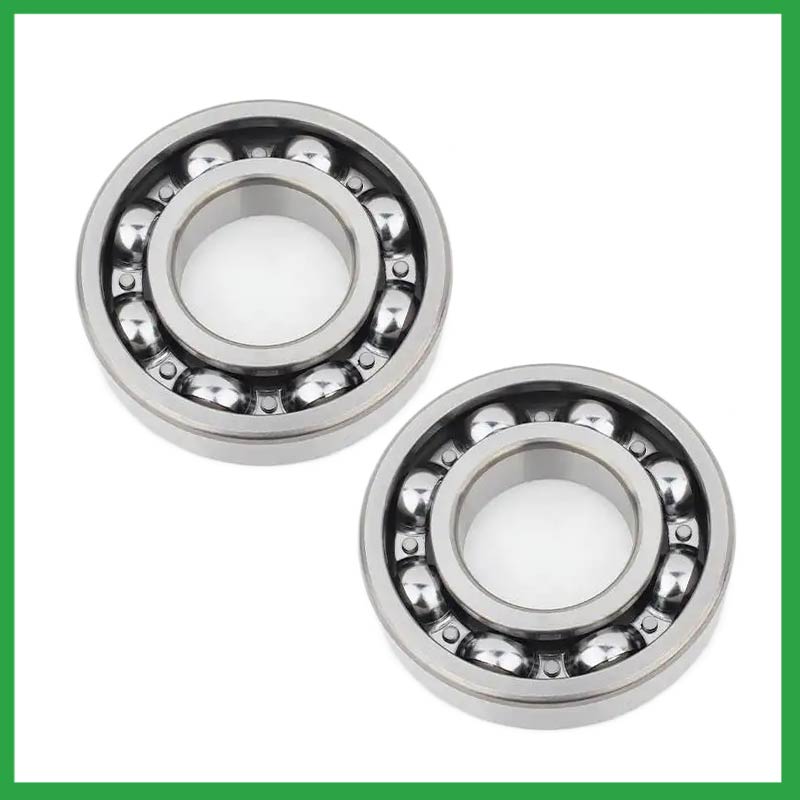PRODUCTS
CONTACT US
Ningbo Nide International Co., Ltd.
一一
· Contact person:Jack Zeng
· Mob/Whatspp/WeChat:0086-13738869026
· Email:emarketing@nide-group.com;marketing4@nide-group.com
· Add:No. 169, Wohushan Road, Daqi Subdistrict, Beilun District, Ningbo, China

Nide team could manufacture ball bearing as per customer’s drawing and samples.
If customer only has samples, we could also design drawing fo r our customer.
We also provide customized service.
Our ball bearing is widely applied the different industrials.
Ningbo Haishu Nide International is located in the beautiful sea shore city--Ningbo, taking the advantage of advanced industries hub, perfect supply chain and convenient transportation, and integrating professional team with rich motor manufacturing experience , we focus on supplying the Motor Components One Stop Sourcing Platform to our customers.
Our products include shaft,motor cover and lamination,magnet,ball bearing,carbon brush,insulation paper,fan,etc.Apart from these products, we also provide the service for the motor manufacturing technical consultant, project support and turn-key project.
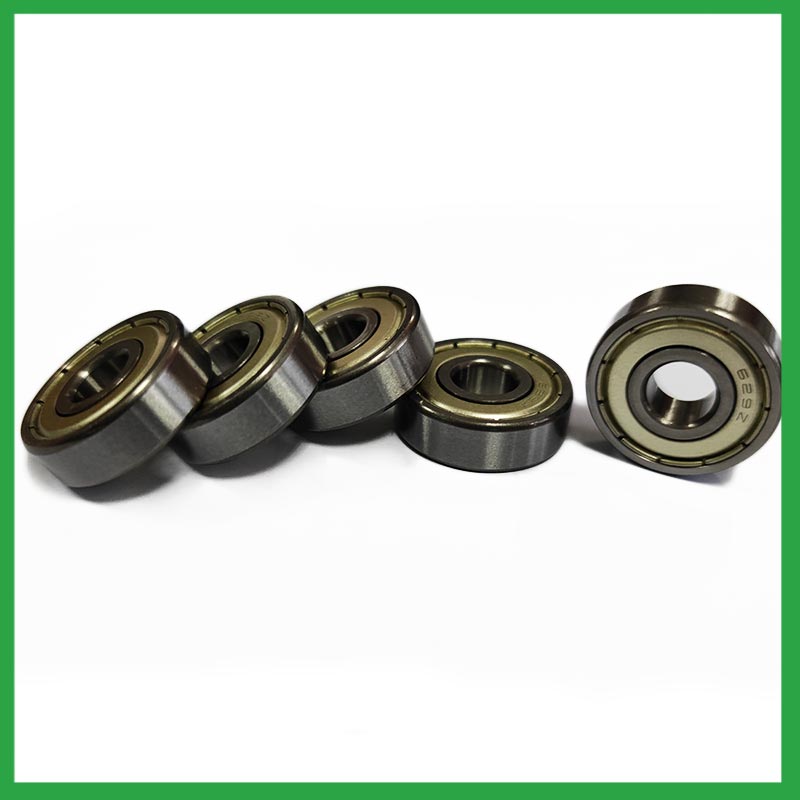
| Parameter | Information |
|---|---|
| Product Name | ball bearing steel grades |
| Brand Name | NIDE |
| Place of Origin | Ningbo,China |
| Material | stainless steel, etc. |
| Structure | Deep Groove |
| Color | Customized Color |
| Delivery Time | 5-7days |
| Port | Ningbo/Shanghai |
| Export region | Europe,Asia,Oceania |
| Export Country | India,Brazil,South Korea,Clipperton Island,Equatorial Guinea,Serbia and Montenegro,Dominican Republic...etc |
| Application | small rotary motors,chemical equipment, etc. |
| OEM/ODM | Support |
| Size | Customized size |
| Stock | In Stock |
| Feature | Good wear resistance,Low Noise...etc |
| MOQ | 10 pieeces(Specific according to the model) |
| Certification | ISO9001,ISO9001:2015 certificate,CE-stator coil forming machine,etc |
| Supply Ability | 100000-500000 Piece/Pieces per Month |
| Lubricate | Oil Grease |
| Packaging Details | Suitable for sea transportation |
| Lead time (days) | 15-20 (To be negotiated) |
Please note: The above table data is for reference only. For specific information, please contact us.
Bearings with ball bearings as rolling elements mainly include angular contact ball bearings,deep groove ball bearings,self-aligning ball bearings,cylindrical roller bearings, etc.
During the disassembly process, the outer shell should be kept intact to avoid unnecessary damage;
When replacing installation components, attention should be paid to the accuracy of the support components to prevent deformation;
During the disassembly process, attention should be paid to protecting the surface quality of the ball bearing to ensure its performance;
During the operation, attention should be paid to removing surface dust to ensure the quality of the ball bearing.
Ball bearings have many advantages, making them highly competitive in the market.
Firstly, they are very durable and have good wear performance, making their service life longer than many other types of bearings.
Secondly, they are easy to install and can provide low friction performance in various applications.
Thirdly, they require a relatively low level of maintenance, making them cost-effective.
In addition, compared to many other types of bearings, their purchase cost is relatively low, making them an economical choice.




ball bearing steel grades---FAQs Guide
2.Can ball bearing steel grades be used in vacuum or cleanroom environments, and what measures are taken to prevent outgassing or contamination?
3.Can ball bearing steel grades operate in high-speed applications, and what design features make them suitable for such conditions?
4.What is the significance of ball bearing steel grades lubrication, and how does it affect bearing lifespan and performance?
5.How do cage designs affect ball bearing steel grades speed and acceleration capabilities in high-speed machinery?
6.What are the after-sales services available for ball bearing steel grades?
7.Can ball bearing steel grades be customized with special coatings or treatments to meet specific industry standards or regulatory requirements?
8.About ball bearing steel grades,Will you check the products before shipment?
9.What are the advancements and innovations in ball bearing steel grades technology that have emerged in recent years?
10.What is the load distribution within a ball bearing steel grades, and how does it vary between different bearing configurations?
11.What are the standard sizes and dimensions of ball bearing steel grades?
12.Do ball bearing steel grades come in various tolerance classes?
13.Are there hybrid ball bearing steel grades that combine steel rings with ceramic balls to optimize performance in demanding applications?
14.Where can ball bearing steel grades be used?
15.Are there ceramic ball bearing steel grades designed for specific applications requiring high-temperature or corrosion resistance?
1.Are there miniature ball bearing steel grades designed for use in precision instruments and small-scale mechanisms?
Miniature bearings, despite their small size, play a significant role in various industries and applications. These compact powerhouses, typically measuring less than one inch in outer diameter, offer exceptional precision, durability, and reliability. Miniature bearings find extensive use in precision instruments and robotics.
2.Can ball bearing steel grades be used in vacuum or cleanroom environments, and what measures are taken to prevent outgassing or contamination?
Bearings specify stainless steel for vacuum or cleanroom applications as stainless steels used for the rings, balls and retainer exhibit low outgassing. They usually supply open or shielded stainless steel bearings as vacuum bearings as these will outgas less than a nitrile rubber sealed bearing.
3.Can ball bearing steel grades operate in high-speed applications, and what design features make them suitable for such conditions?
They have very low rolling friction and are optimized for low noise and low vibration. This makes them ideal for high-speed applications. ball bearing steel grades are comparatively easy to install and require minimal maintenance.
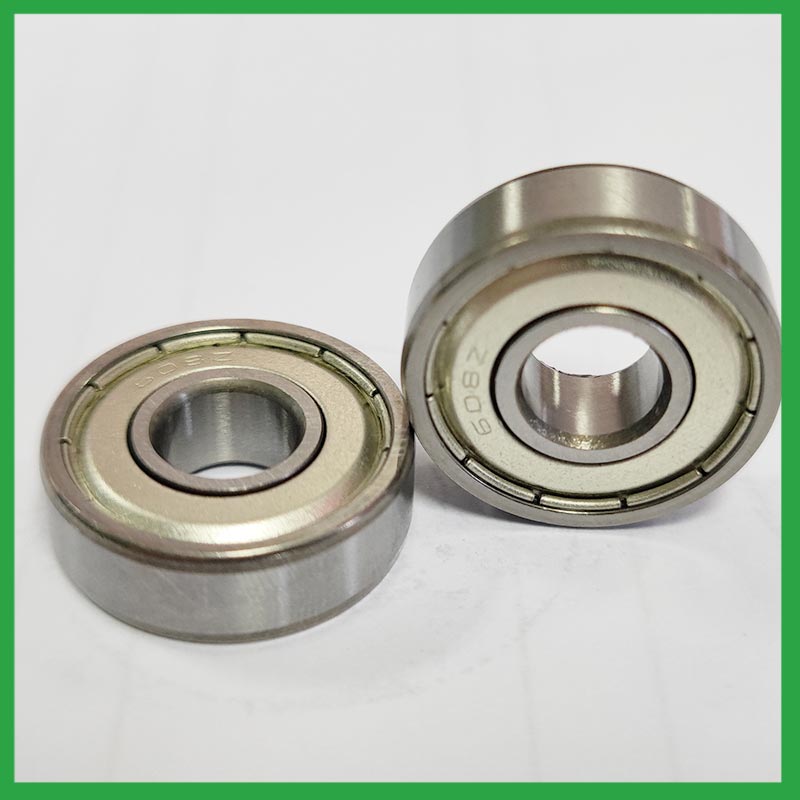
4.What is the significance of ball bearing steel grades lubrication, and how does it affect bearing lifespan and performance?
Bearing lubrication is vital for preserving the performance and lifespan of rolling element bearings. Lubrication helps separate moving parts relative to one another, such as rollers and raceways or balls, to prevent wear and tear and friction.
5.How do cage designs affect ball bearing steel grades speed and acceleration capabilities in high-speed machinery?
In high-speed ball bearing steel grades, external load has a great effect on cage stability and sliding ratio, especially for the bearings at work in the starting process. The cage stability is worse in the beginning of the bearing starting process. The axial load greatly influences cage dynamic performance in the bearing starting process.
In addition, while ball bearings worked under steady conditions, axial load and radial load both have a great influence on cage dynamic performance. The effects of axial load on cage dynamic performance during the bearing starting process are opposite from the effects under steady conditions.
6.What are the after-sales services available for ball bearing steel grades?
If you find problems or failures in the assembly or use of the bearings , which needs to consult and other services, please feedback to Nide International in time.
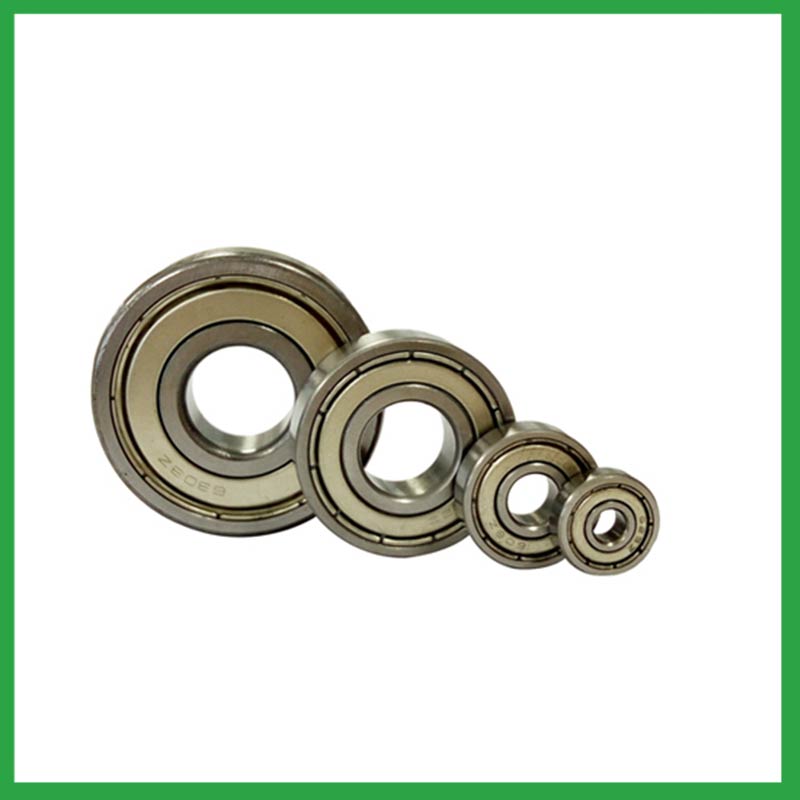
7.Can ball bearing steel grades be customized with special coatings or treatments to meet specific industry standards or regulatory requirements?
Yes, ball bearing steel grades can be customized with special coatings or treatments to meet specific industry standards or regulatory requirements.
1. Corrosion-resistant coatings: These coatings are used to protect the bearings from corrosion caused by exposure to moisture, chemicals, and other corrosive substances.
2. High-temperature coatings: These coatings are used to improve the thermal stability and performance of bearings in high-temperature environments.
3. Food-grade coatings: These coatings are specially designed for applications in the food and beverage industry, where bearings come into contact with food, beverage, or pharmaceutical products.
4. Anti-static and non-conductive coatings: These coatings are used to dissipate static electricity, which can cause damage to electronic components.
5. Specialized lubrication treatments: Bearings can be treated with specialized lubricants that meet specific industry standards or regulatory requirements.
8.About ball bearing steel grades,Will you check the products before shipment?
Yes, We have a professional QC team. Products will be strictly inspection before shipment.
9.What are the advancements and innovations in ball bearing steel grades technology that have emerged in recent years?
Significant advancements have been made in ball bearing steel grades steels over the years. Modern, ultra-clean bearing steels contain fewer and smaller non-metallic particles, giving ball bearings greater resistance to contact fatigue.
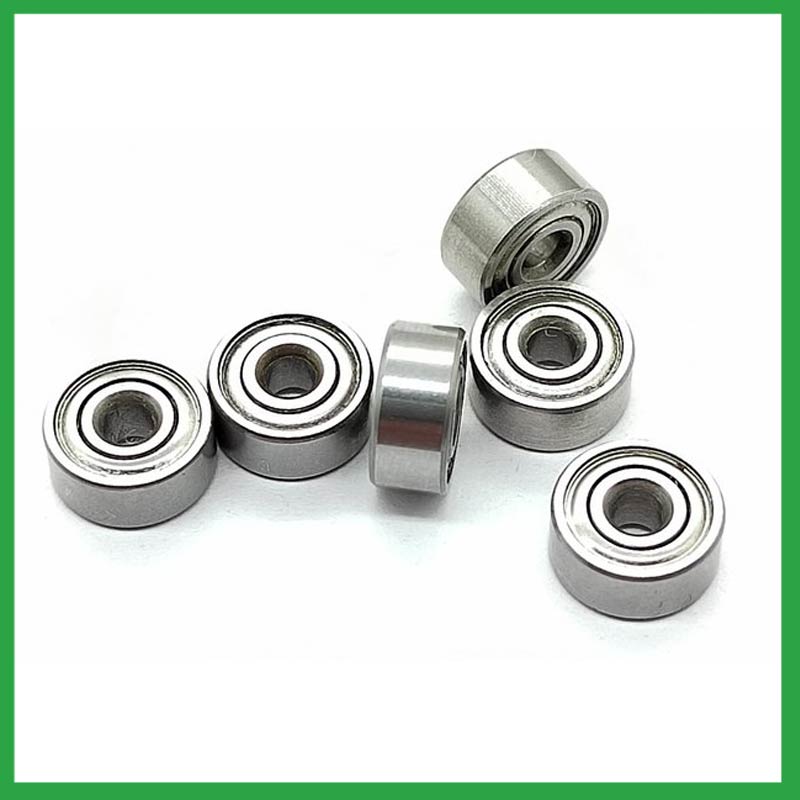
10.What is the load distribution within a ball bearing steel grades, and how does it vary between different bearing configurations?
The load distribution between the rolling elements and raceway is crucial in performance evaluation of rolling element bearings. Determine the load distribution by measuring the strain response at the bearing surface with a notched housing. Finite element analysis shows that the introduction of notches does not affect the load distribution. An experimental system was developed to investigate the load distribution in a cylindrical roller bearing. The experimental static load distribution agrees well with the theoretical calculation. The dynamic load at specific position of load zone reflects the manufacture difference among rollers and dynamic balance of distributing loads.
11.What are the standard sizes and dimensions of ball bearing steel grades?
ball bearing steel grades size charts are widely available, and can be used to find the measurements of a specific bearing. Series 6200 and 6300 are the most commonly used, and typically range from 10 x 30 x 9 mm (. 394 x 1.181 x . 354 in) to 150 x 320 x 65 mm (5.906 x 12.598 x 2.559 in).
12.Do ball bearing steel grades come in various tolerance classes?
Bearing tolerances are standardized by classifying bearings into the following six classes (accuracy in tolerances becomes higher in the order described): 0, 6X, 6, 5, 4 and 2.
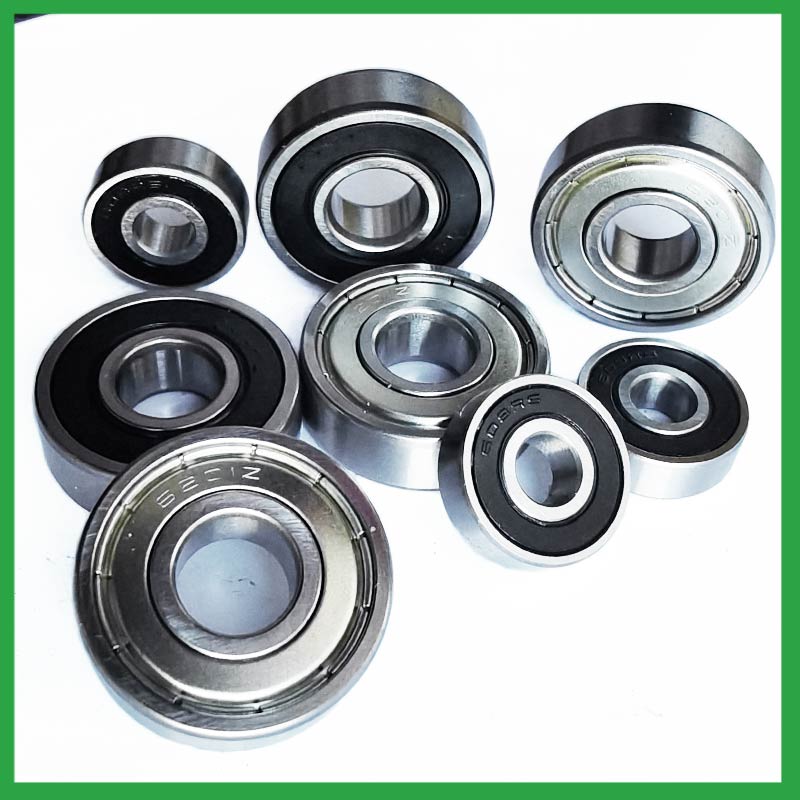
13.Are there hybrid ball bearing steel grades that combine steel rings with ceramic balls to optimize performance in demanding applications?
Hybrid Ceramic ball bearing steel grades. Ceramic ball bearings (also known as hybrid bearings) are the one component that'll easily optimize the performance of your application. Hybrid bearings have ceramic (silicon nitride, Si3N4) balls and 52100 bearing steel rings.
14.Where can ball bearing steel grades be used?
ball bearing steel grades are very versatile. They can be designed to withstand radial loads, axial loads and combined radial/axial loads at various operating speeds. These characteristics, combined with the relative cost and compactness of the design, give it universal appeal within the industry. Ball bearings are widely used in electric motors, gear reducers and pumps. Serving the automotive, home appliances, aerospace, oil and gas drilling, and mining sectors.
15.Are there ceramic ball bearing steel grades designed for specific applications requiring high-temperature or corrosion resistance?
Ceramic ball bearing steel grades are a special type of bearing made of ceramic materials, offering superior wear resistance, corrosion resistance, and high-temperature performance. They provide excellent performance in applications requiring high speeds, high temperatures, and resistance to corrosion.
